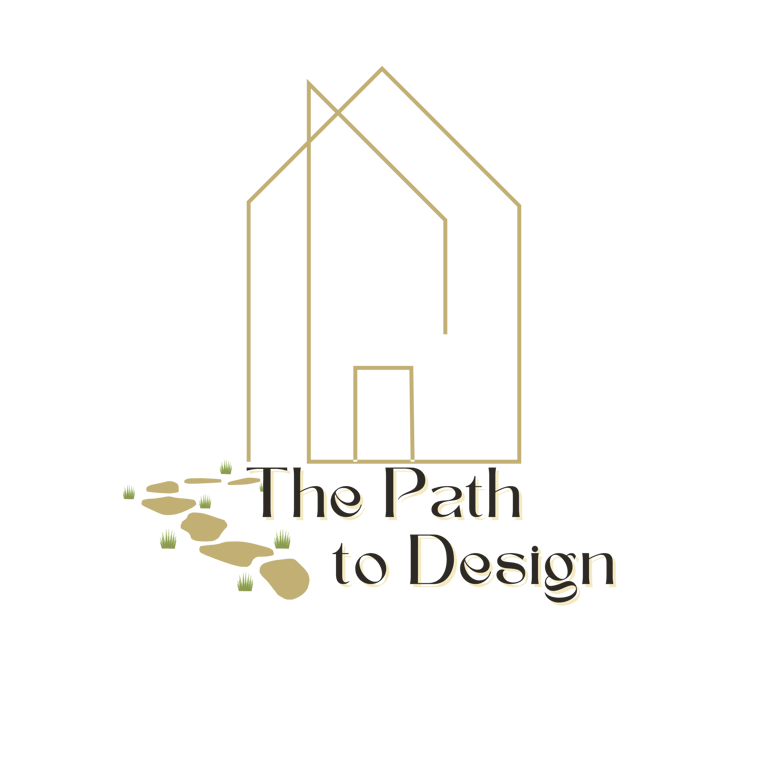The Basics of Interior Design: 7 Elements Every Home Lover Should Know
The secret to designing a home you love starts with understanding a few simple, but powerful, concepts.
by Natasha Del Brocco
4/8/2025
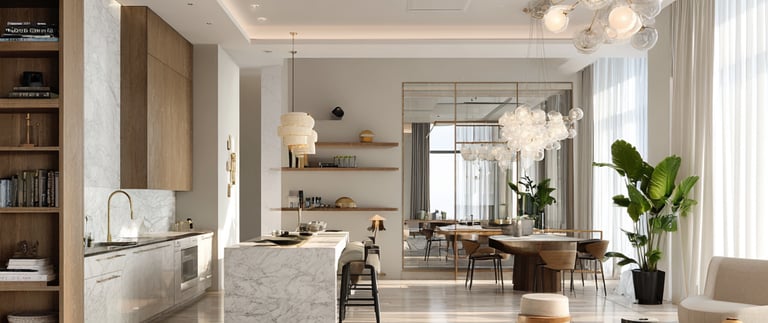

The Basics of Interior Design: Elements Every Home Lover Should Know
The secret to designing a home you love starts with understanding a few simple, but powerful, concepts.
If you’re someone who loves making your home feel beautiful, welcoming, and uniquely yours, you might be surprised to learn that some of the best tools for achieving that, come straight from the foundations of interior design theory. But don’t worry, this isn’t about memorizing textbook definitions or studying floor plans. It’s about discovering how you can use timeless design principles and elements to transform your home in a way that feels creative, fun, and totally doable.
Understanding the Elements [what you work with] and Principles [how you arrange them] of interior design gives you a framework to make confident decisions. It’s like having a design roadmap. Once you know these basics, you’ll start to see your home differently. You’ll be able to look at a room and instantly understand why it feels “off”, and more importantly, how to fix it.
This post is here to guide you through those essential design fundamentals. Whether you're rearranging your living room, planning a full makeover, or simply refreshing your decor, these insights will help you create spaces that are not only stylish but deeply satisfying to live in.
Let’s discover the Tools that can help you fall in love with your home all over again.
What Are the Elements & Principles of Interior Design?
It might sound as an obvious metaphor but it is the best one that comes to my mind to simplify the concept: consider your home as a blank canvas and you’re the artist:
-The Elements of interior design are your tools: your paints, brushes, and textures.
-The Principles are your techniques: how you blend colors, create balance, and bring everything together into a cohesive masterpiece.
You need both the tools and the techniques to create something truly special.
In this post we will explore each ELEMENT, so you can start designing with clarity and confidence.
The 7 Elements of Interior Design: What You Work With
These are the tangible parts of a space that you can see and touch. Knowing how to use each one will help you transform any room.
1. Space
This is the foundation of every room. It is crucial because it determines comfort and functionality.
How people move and interact, the purpose of each space, how many people will usually be using it and finally, how the furniture should be arranged.
Make sketches until you find the perfect layout for you based on measurements accurately taken and paying attention to architectural details [check out my Blog post “…….”].
It includes both the Positive Space and the Negative Space.
- Positive Space is where furniture, lighting and objects are placed.
- Negative space is considered the empty areas around these physical elements.
When used properly this helps to highlight the positive space. The goal is Balance. Too much furniture and the room feels cramped; too little and it feels empty. Learn to observe your space with new eyes and ask: Is there enough “breathing room“? As humans, we easily get used to what we see everyday and do not have critical thought towards what is so familiar with us.
I know that this is a huge challenge, but I promise, it is crucial to make the necessary improvements and create the perfect interiors for your home.
2. Line
Lines guide the eye and define shapes. They are used for a specific purpose based on the feeling and vibe we want to achieve from the space. They come mainly in 4 forms:
Horizontal Lines are the ones parallel to the horizon [e.g., tables, sofas, beds] and they emphasize a sense of stability and calm. They can create a visual path that conveys a sense of flow and make the room feel more airy and open. 💡Think of using Horizontal Lines in your flooring if you wish to emphasize the width of the room or use it in furniture , such as benches or cabinets or if your intent is to break up a wide space into smaller areas, without the need to pull up walls.
Vertical Lines are lines perpendicular to the horizon [e.g., windows, doorways, tall furniture pieces]. They make a space feel taller and more grand and suggest strength and dignity.
💡Add groove paneling or vertically patterned wall paper to draw the eye up but also to add interest and texture to the room
Dynamic or Diagonal lines are lines that angle between horizontal and vertical planes [e.g., staircases, vaulted ceilings]. They add movement and energy and can create a sense of tension and excitement.
💡Use lines intentionally to direct attention and influence how a space feels. I suggest to use them particularly in kitchens and child rooms. You can incorporate diagonal lines in your interior space through fabrics, tiles, wallpaper or bookshelves.
Curved Lines are soft with a smooth bend. They have a calming effect if the bend is less pronounced or a more dynamic one if the curve is deeper. They suggest movement and flow. 💡Try using curved lines in narrow spaces like small rooms or hallways to give the illusion of them being larger. You can introduce curves in your interiors with mirrors, furniture or objects of various dimensions.
3. Form
Form is one of the core building blocks of interior design and it’s more important than most people realize. While it might sound like a technical term, understanding form simply means recognizing the shapes, structures, and physical presence of everything in your space.
Think of it this way: form is what gives your furniture, decor, and even the room itself a three-dimensional identity: its height, width, depth, mass, and volume. It's not just what something is, but how it physically exists in space.
Good form helps everything else—like Color, Texture, and Light—work better together. It's what allows a space to feel intentional, balanced, and either bold or soft, depending on how it's used.
There are several types of forms you’ll see [and feel] in any interior:
Geometric 'Inorganic' Forms: these are clean, controlled, and often symmetrical. Think of squares, rectangles, and other structured shapes. These forms are usually man-made and are commonly seen in modern or minimalist interiors.
Organic Forms: Inspired by nature, these are more fluid, irregular, and asymmetrical. Wavy lines, natural shapes, and soft curves fall into this category, creating a relaxed, welcoming atmosphere.
Open Forms: These are visible and easy to perceive—for example, a sculptural chair or a decorative lamp. They invite attention and often act as focal points.
Closed Forms: These have less visual presence. A built-in cabinet or a closed door might not stand out but they contribute to the structure and functionality of a room.
Why Form Should Always Follow Function?It’s a classic principle in design: form follows function. And in home design, that idea is crucial.
What does it mean? Basically, the way something looks should come after and support the way it’s meant to be used.
A home that’s beautiful but impractical won’t feel good to live in.
Let’s say you design a stunning kitchen, full of high-end finishes. But if the layout makes it difficult to carry food to the dining area, the space quickly becomes frustrating, no matter how nice it looks. On the other hand, if your layout is based on how you actually use the space, then the design will naturally feel more comfortable, intuitive, and livable.
4. Light
The Power of Lighting
Lighting is a fundamental element in interior design that goes far beyond visibility: it shapes mood, enhances colors and textures, and highlights architectural features. Understanding how lighting works allows us to craft spaces that are both functional and aesthetically pleasing.
Cool-toned, bright light promotes focus and energy, making it ideal for workspaces, while Warm, dim lighting encourages relaxation—perfect for living rooms or bedrooms.
The color temperature of lighting [measured in Kelvin] plays a big role: warm white (2700K–3000K) soothes, while daylight (5000K–6500K) boosts alertness and productivity
Types of Lighting
Ambient Lighting: General illumination through ceiling lights, wall sconces, or chandeliers.
Task Lighting: Focused light for activities like reading or cooking: Desk Lamps or Under-cabinet lights.
Accent Lighting: Highlights specific features like art or textured walls with spotlights or track lighting.
Always consider:
Balancing Natural and Artificial Light
How lighting affects our perception of color and texture.
Using different types of Lighting for Specific Spaces
Choosing the Right Fixtures: Fixture style, size, and placement should match the room’s design and needs
5. Color
Color in Interior Design
Color is one of the most powerful tools in interior design, influencing not only how a space looks but also sets the tone of a room, affects mood, and plays a vital role in creating harmony between other design elements. Choose if you want to evoke calmness, energy, warmth, or sophistication and then pick the color that will convey that emotional response.
Color can be broken down into 3 categories: Primary, Secondary, and Tertiary. Within these are:
HUES [the pure color]
TINTS[color + white]
TONES [color + gray]
SHADES [color + black]
Designers often use the color wheel to create balanced palettes, such as Complementary [2 opposite colors], Analogous [next to each other], Triadic [3 colors of equal distance apart] or Monochromatic schemes.
Neutral colors like whites, grays, and beiges form a timeless backdrop, while bold colors like reds and teals add vibrancy and focal points.
The color temperature—warm (reds, oranges) vs. cool (blues, greens)—also impacts how cozy or spacious a room feels.
Lighting greatly influences how color appears, so testing paint in different light throughout the day is essential.
6. Texture
Texture in interior design refers to the surface quality of materials and how they feel or appear to feel, whether it’s rough, smooth, soft, hard, glossy, or matte. It plays a crucial role in adding depth, warmth, and contrast to a space, making it feel more dynamic and engaging.
There are two types of texture: TACTILE, how something feels physically & VISUAL how something looks like it would feel].
For example, a chunky wool blanket offers tactile texture, while a wallpaper that mimics brick provides visual texture even if it’s smooth to the touch.
Texture becomes especially important in monochromatic or neutral spaces, where it prevents the design from falling flat.
💡Combining different materials, like pairing a sleek leather sofa with a rough-hewn wood coffee table or soft linen curtains with metallic accessories, creates a rich sensory experience. Mix smooth (glass, metal) with rough (wood, woven fabrics) for contrast and interest.
When designing a room, it’s important to balance textures. Overloading with too many rough or hard materials can make a space feel cold or overwhelming. On the other hand, a room filled with only soft or smooth textures may lack character.
Texture also ties into other elements, such as light: a glossy finish reflects light and brightens a room, while a matte or textured surface absorbs it for a cozier effect.
7. Pattern
Pattern in Interior Design
Pattern introduces visual interest, energy, and rhythm to a room. Whether subtle or bold, patterns give life to a space by repeating lines, shapes, or motifs.
They can be found on wallpaper, fabrics, rugs, tiles, and even architectural features like moldings or paneling.
Patterns can serve many purposes—they can draw attention, define areas within an open space, or create a cohesive style.
For example:
Geometric patterns bring a sense of structure and modernity Floral or Organic patterns convey softness and natural flow. Stripes can elongate or widen a space visually, depending on their orientation.
Successful use of pattern depends on Scale, Contrast, and Placement. Large patterns work well in spacious areas, while smaller patterns suit more compact spaces. Mixing patterns can be very effective, but it requires balance, typically combining patterns of different scales [e.g., a bold floral with a fine stripe] and ensuring they share a common color palette.
Patterns also interact with color and texture, reinforcing themes and mood. A rich velvet cushion in a damask pattern, for instance, adds both visual pattern and tactile depth.
When used thoughtfully, pattern can anchor a design scheme, guide the eye through the room, and infuse a space with personality.
Whether through a statement wallpaper or layered textiles, it’s an essential element in creating a well-rounded, expressive interior.
Ready to Keep Creating a Home You Love? Want more Hands-on help and Inspiration
👉Check out other blog posts in The Design Blog,
👉 Explore our E-Books
Let me know if you would like me to go deeper on other Topics of Interior Design you might be struggling with or just curious about, I will be super excited to provide more content.
Remember I am here to help every step of the Path. In the meanwhile…
Happy Decorating!

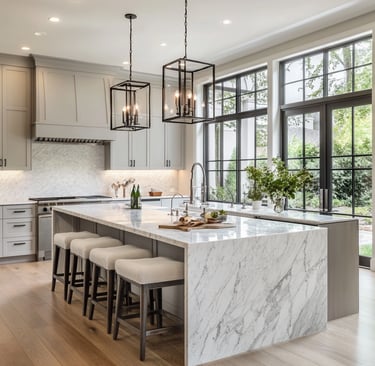

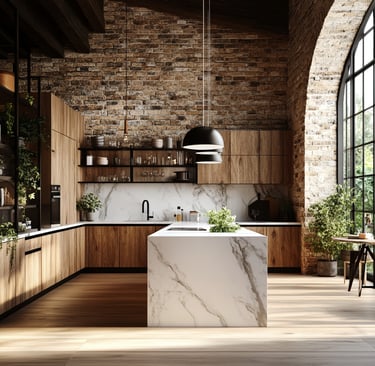
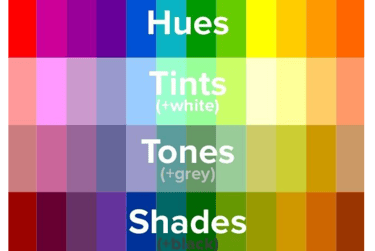

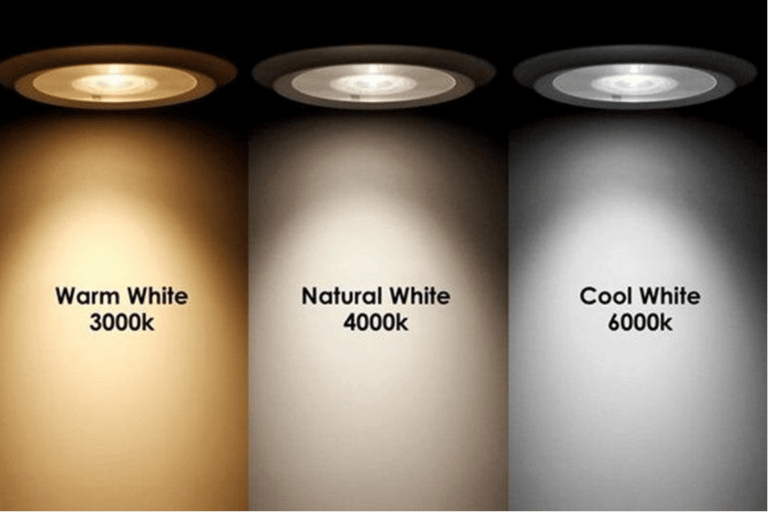




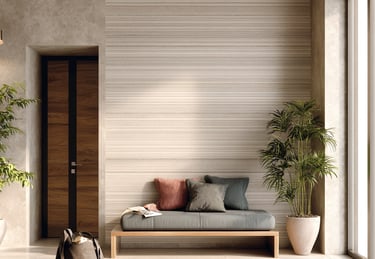



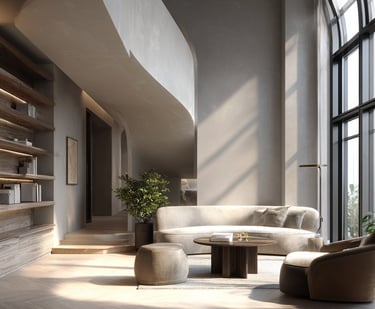

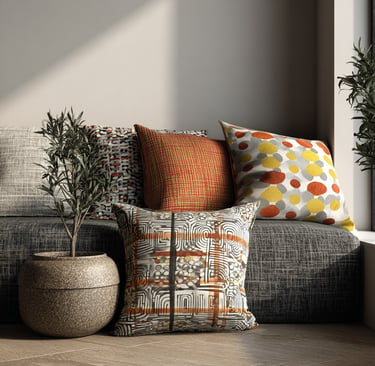



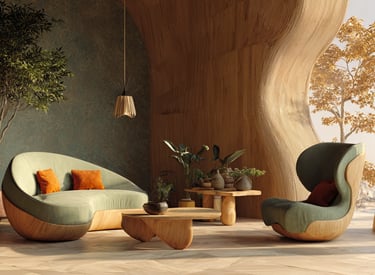

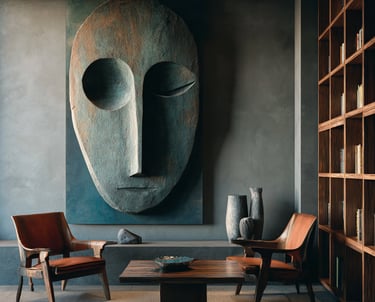
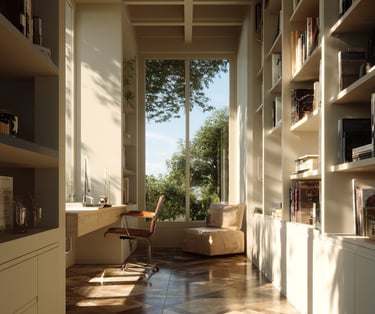


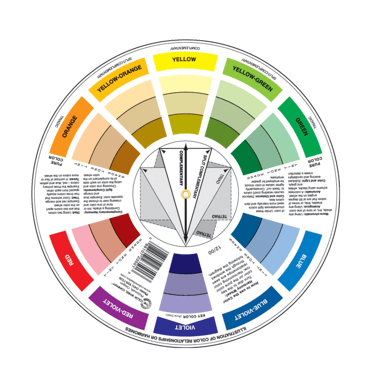


I am Natasha Del Brocco, interior designer, founder of HomeValley Interiors & of ‘The Path to Design" Hub. I am passionate about creating homes that Feel as good as they look. With a love for Nature, Art, and Animals, I help home lovers like you design beautiful, functional, and pet-friendly spaces that reflect who you are. Through my blog and eBooks, I share expert advice, smart solutions and inspiring ideas to help you fall in love with your home all over again.
Disclaimer: This site includes affiliate links that may earn me a commission at no additional cost to you. I only recommend products I truly believe in and that can make your home more beautiful and functional.

What I Do
natasha@thepathtodesign.com
Join my Email List for Inspirational & Strategic Newsletters
Who I Am
